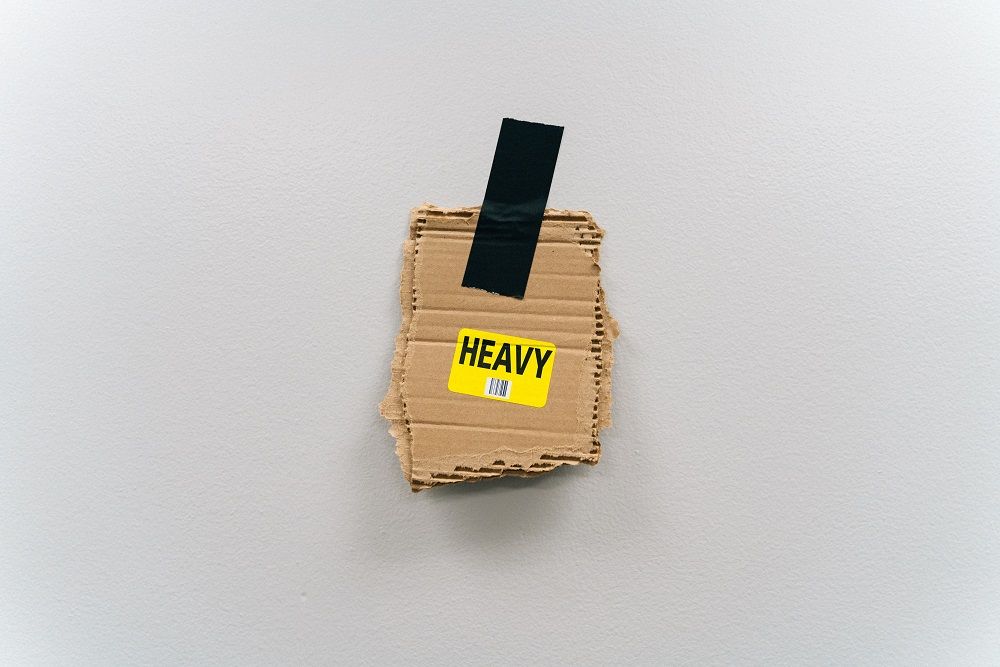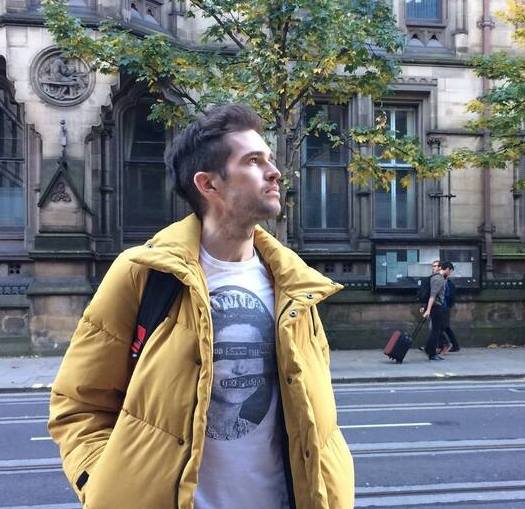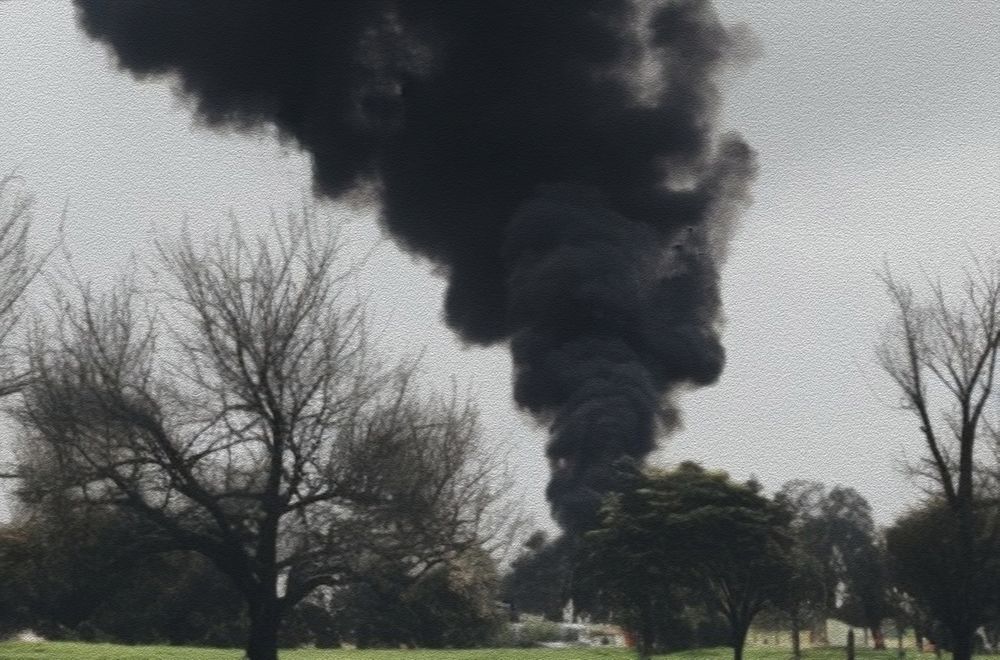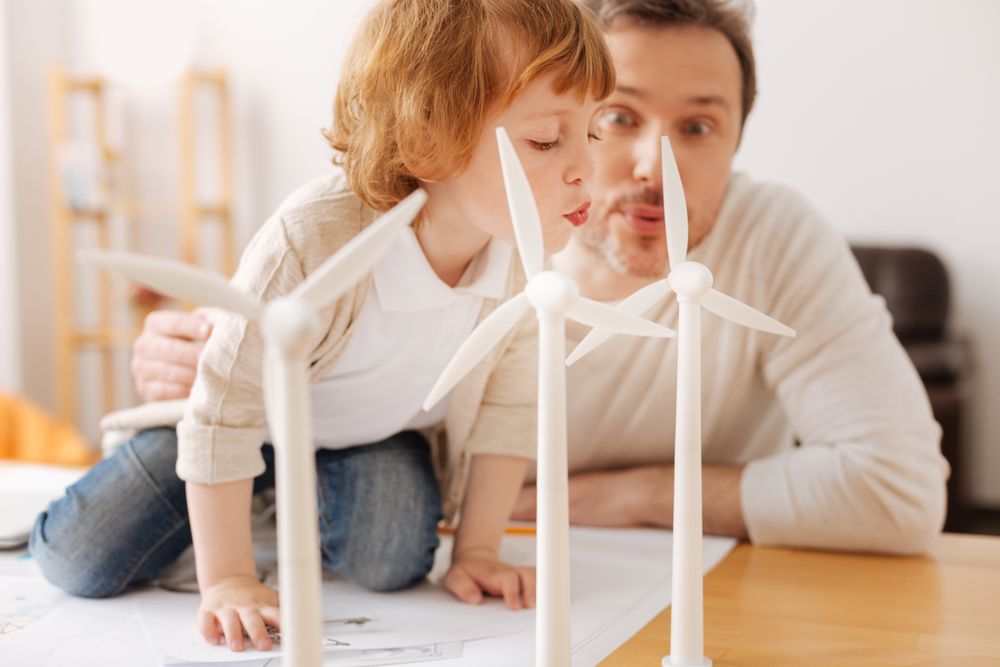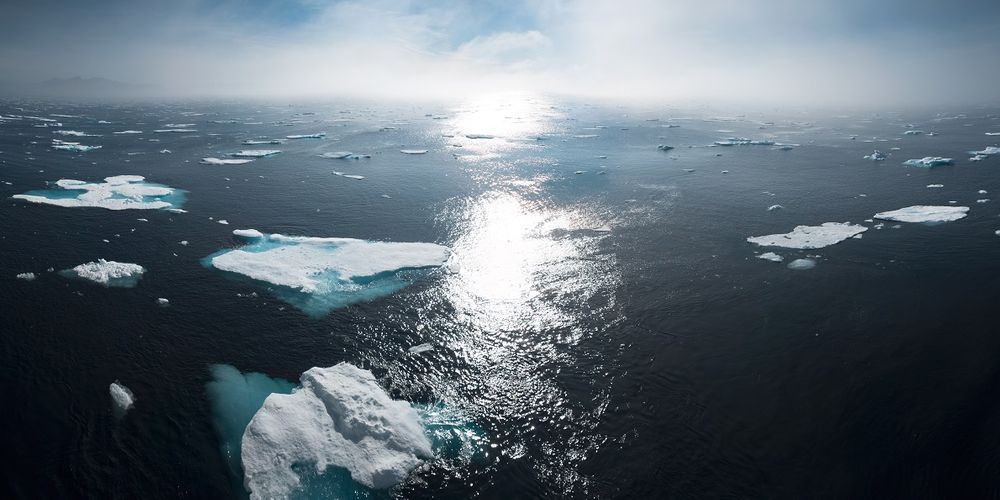Eco packaging needs to be at the forefront of our minds as we move through 2020. Whilst many of us are doing our bit when it comes to other environmental concerns, such as food and food waste, it’s time to put sustainable packaging front and center on the green menu.
Green businesses (like Lush) have, of course, been using eco packaging for a number of years now, and top brands are waking up, too. For example, McDonald’s’ latest eco goal is for its packaging to be totally renewable by 2025, and Puma has already made a start.
But what can individuals like you and I do? What, for example, shall we do when we’re sending packages to our friends on the other side of the world? Or when we’re eating out and need some disposable plates?
And what can small businesses do to improve their packaging efforts?
Eco packaging certainly isn’t simple, but it’s now become so much of a necessity that it’s time to start strategizing more sustainable options. In this article, we’ll take a look at the ✨packages of the future✨.
What is eco packaging?
Eco packaging is a smart and ethical way of reducing our carbon footprint. Instead of clogging up the planet with more waste, it promotes a healthier, happier environment.
Here is how it works in a nutshell:
- The ingredients used are 100% raw or recycled
- The production process is simplified and minimized, and is thus less taxing on the environment
- Eco packaging is reusable, and a circular economy is subsequently the heart of things
Alternative packaging ideas
Bamboo
Bamboo is pretty damn strong, which allows it to work really well for packaging.
It has been used for a number of products over the years, including baby wipes. It’s also been discarded when it isn’t needed anymore and turned into waste. As a package of the future, though, bamboo that is no longer needed can be transformed into pulp before being turned into packaging.

As packaging, bamboo is natural and perfectly safe for the environment and us humans. It can even be used for food packaging, such as microwave meals/TV dinners!
Universal Biopack, a company in Thailand, is just one example of a business that’s making bamboo packaging in an effort to cut down on the country’s monumental trash problems. Its zero-waste packaging will hopefully one day replace many of the plastic bags that are dumped unceremoniously in trashcans every day.
Before we move on, there has been a bit of controversy surrounding bamboo’s eco-friendliness. One of the concerns people have is with the fact that bamboo packaging is largely produced in Asia — Thailand and China in particular.
This means that, whenever European or American countries order bamboo, it has to be shipped across the planet. This means more air miles and a bigger carbon footprint.
Not just this, but no one really knows for sure how China grows and harvests its bamboo. Do they use fertilizers and pesticides? Big question.
However, molded bamboo can, for sure, be an eco-friendly packaging option as long as it’s grown and harvested correctly, is free from pesticides, and isn’t constantly flown through the air for thousands of miles. Like with anything sustainable, bamboo is complex, but the future can be bright. Right now, a few issues need resolving, and questions need answering.
Popcorn
Yup, popcorn is the food you munch on at the movies — but it’s also a sustainable packaging of the future!
Popcorn is a bit like foam nuggets, and this allows it to protect particularly fragile items. It’s also super light and thus doesn’t require much energy during transit.
Moreover, popcorn is biodegradable, which means that when you’re done, you can slide it into your compost bins and use the compost at a later date.

The thing is, popcorn has been used as packaging for a number of years already - but it still hasn’t fully caught on. Lush were one of the first green-minded companies who started using popcorn packaging in the 2000’s, saying that it worked fabulously as a packaging material.
We can only hope that more companies start bucking the packaging trend by using popcorn packaging more often.
Palm leaves
In 2018, a pair of female students in Berlin decided to do something useful with rotting palm leaves that are normally discarded once the fruit has been harvested and processed.

They softened them in water, heat-pressed them, and made bowls and lids out of them. Ideal for small meals or for packaging things like vegetables and fruits, these palm leaves packages are both biodegradable and recyclable. Once you’re done with them, you can toss them onto your compost pile.
Hemp bioplastic
Hemp seems to be everywhere at the moment. And when something is everywhere, a lot of waste tends to follow.
Kevin Tubbs, the founder of the Hemp Plastic Company, put 2 and 2 together and came up with hemp bioplastic.
Tubbs recognized that the world needs plastic packaging — but that bioplastic packaging is better.

This type of plastic is biodegradable or plant-based, and it’s Hemp Plastic Company’s hope that it will be the new black in the plastic packaging world.
It’s a hope grounded in reality, and forecasts suggest bioplastics will account for 40% of the plastics market by 2030.
But let’s be clear about something: while biodegradable plastic might appear to be better than regular plastic, but — as our article shows — they’re not a perfect solution. It might be a step in the right direction, but anyone who takes a biodegradable packaging home must make sure to dispose of them correctly. For example, chucking a biodegradable bag in the trashcan is a big no-no because it will contribute to the growing landfill problem.
When in doubt, just use a smaller box
The box arrives, and I’m stunned. What on earth did I order?!
I open the box to reveal its contents — a pin badge.
What?
The number of times I’ve received a HUGE box in the mail when a much smaller one will suffice is incredible.
It makes no sense to use a giant box for a small item. If you’re ever in doubt about what kind of packaging to use, the least you can do is minimize your waste by always using the smallest package possible.
You don’t always need package
Paper, cardboard, and — yes — even most of plastic can be recycled into new items. Not infinitely, though.
The algorithm to follow is pretty straightforward:
1) Reuse the package you already have as much as you can.
2) Use less package, or no package if possible.
3) If you must, choose more eco-friendly packaging materials.
4) As the last step, recycle the package you can no longer reuse.
Final thoughts
These are some of the packages of the future, but there are sure to be many more arriving soon. As startups keep innovating, and as green-minded consumers keep holding businesses to account, there’s sure to be a huge shift from plastic packaging to environmentally friendly packaging as the years go by.
For now, you could use this article to help you with your own sustainable packaging goals. And, hey, maybe you’ve got an eco package idea of your own to share?
Join the budding community of conscious consumers right now and help save the planet! The NatureHub Conscious Community app is now available on both Google Play Store and iOS App Store.
Download it here: Apple iOS • Android


